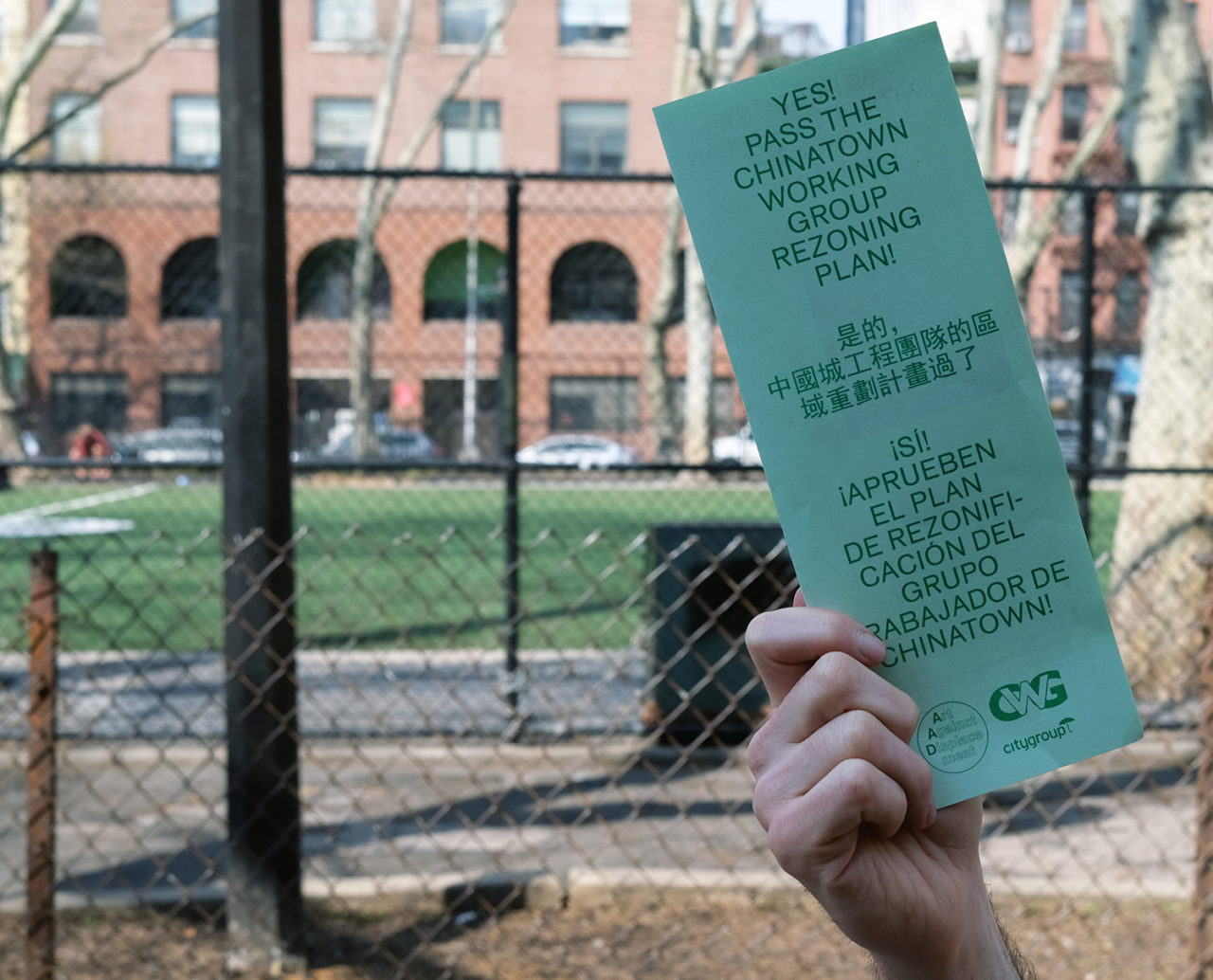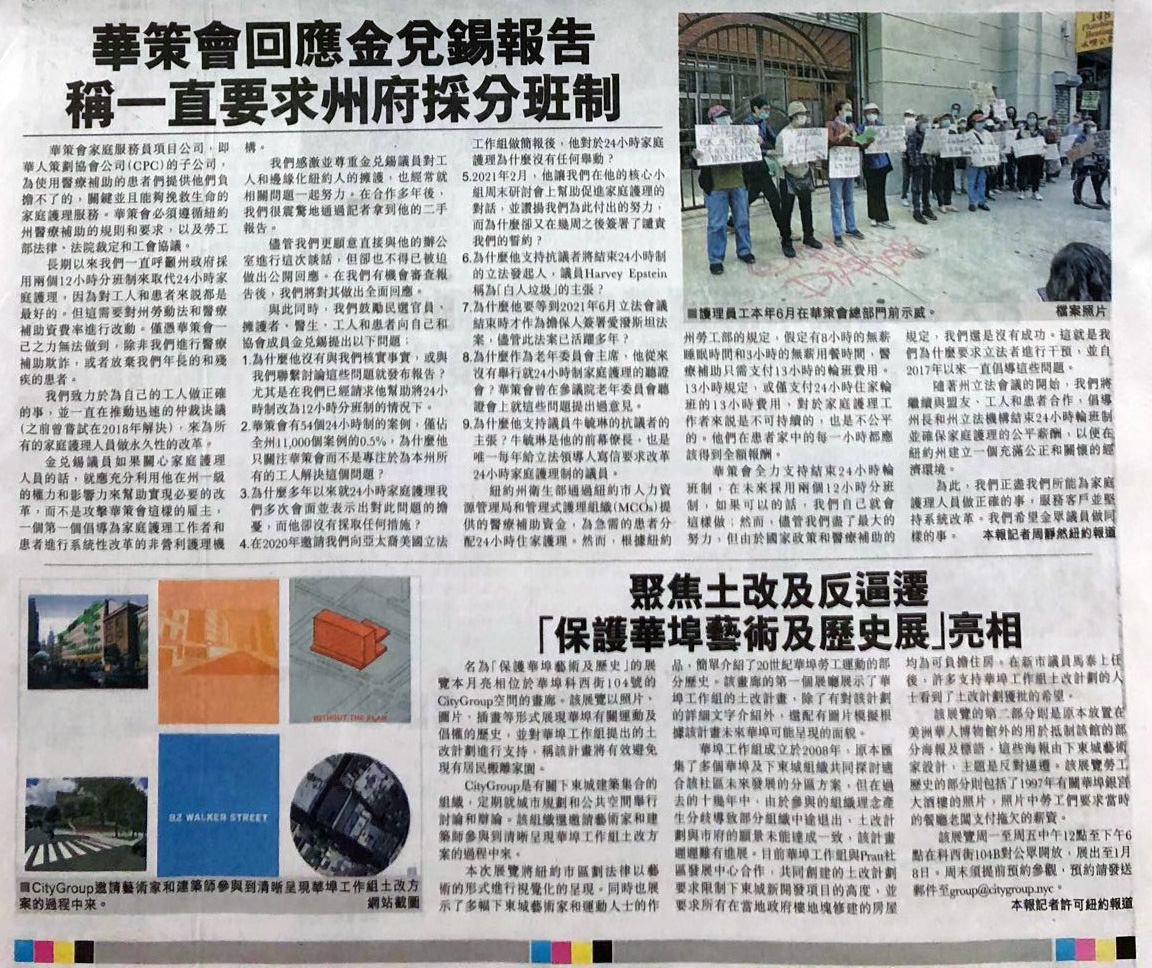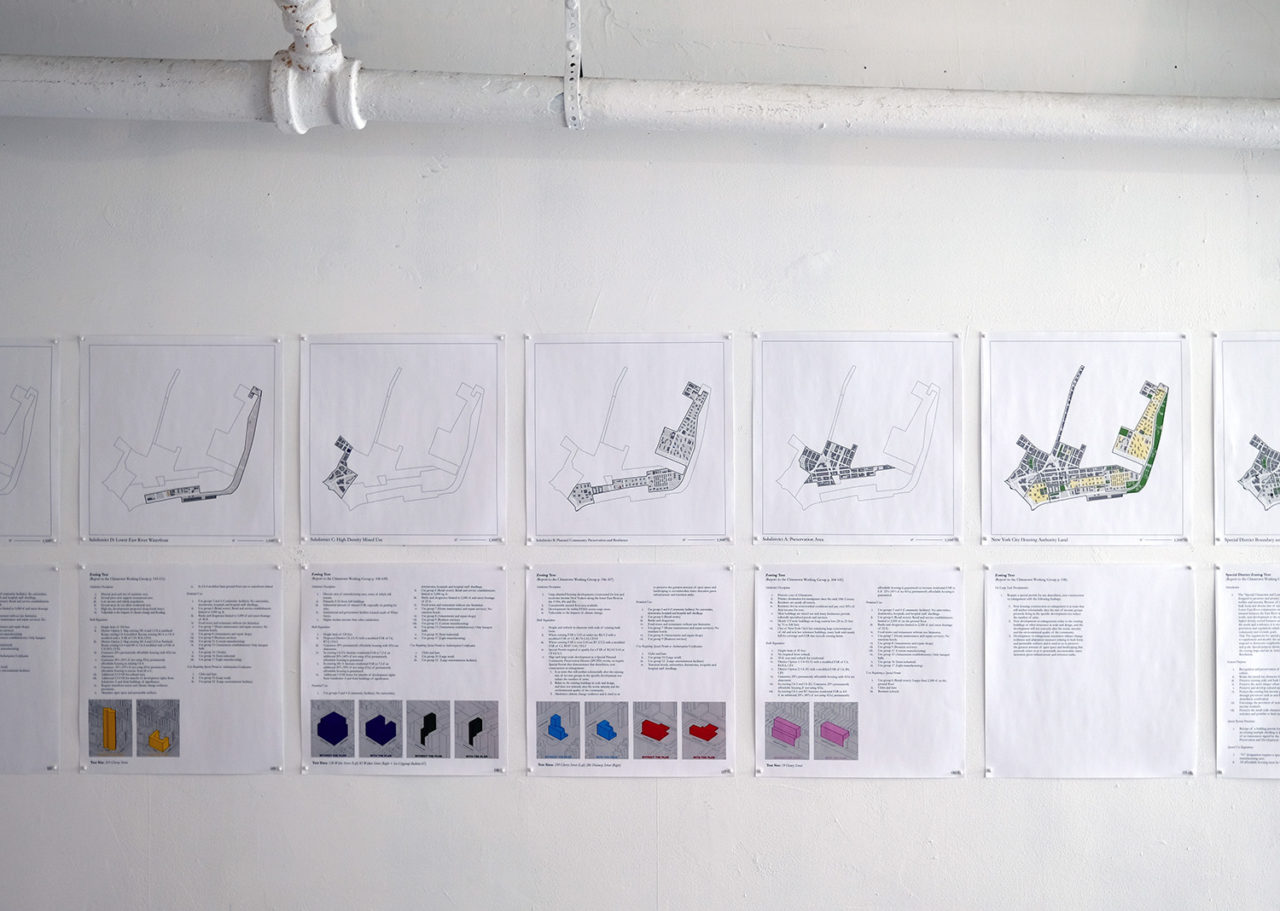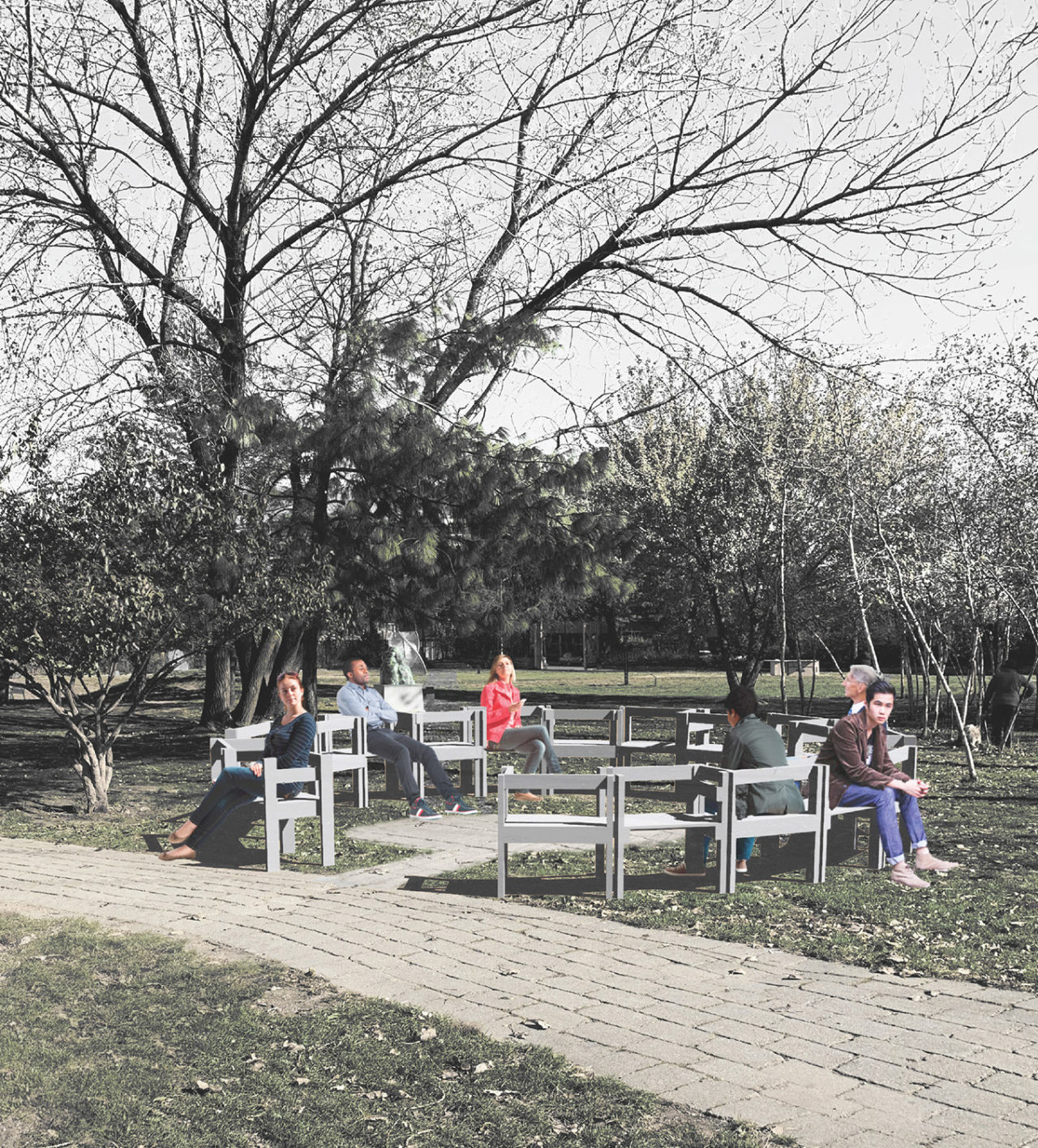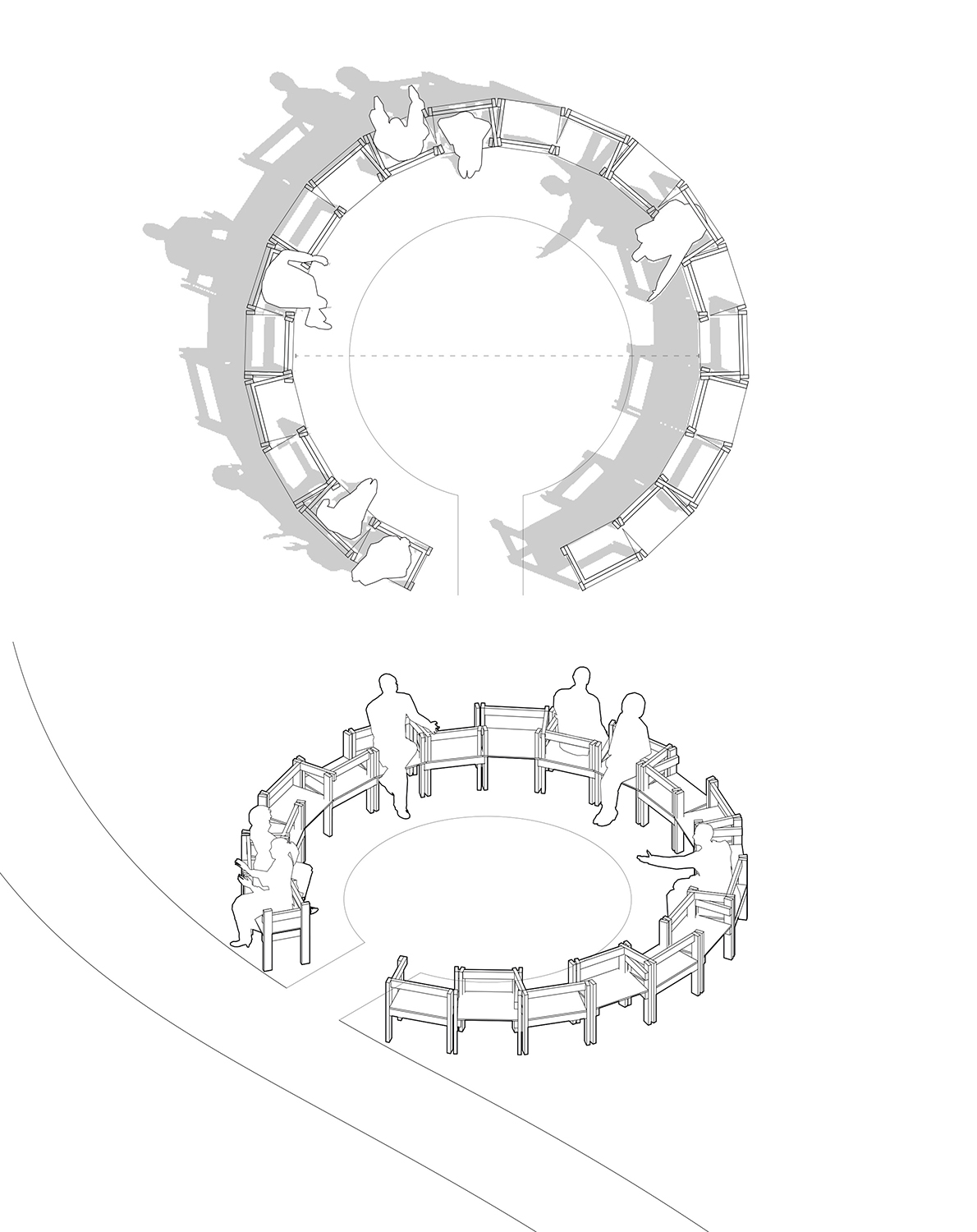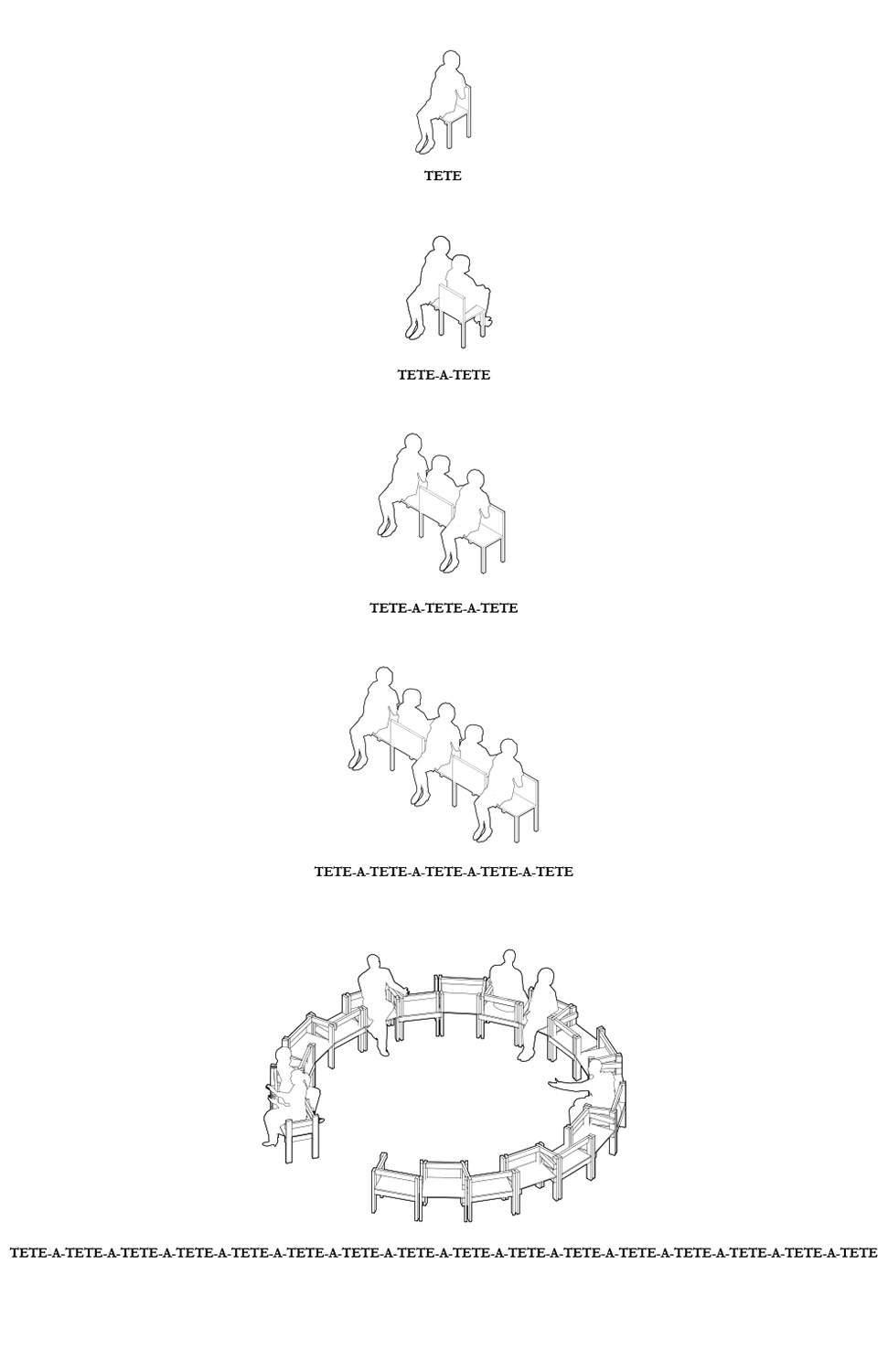by Center for Architecture
The Center for Architecture’s exhibition, New Practices New York, showcases the six winners of the most recent cycle of AIA New York’s New Practices New York competition, which serves as a platform for recognizing and promoting young and innovative designs firms in the city. This series will introduce you to the winning firms, offering a glimpse of New York City’s bright architectural future. Next up: Citygroup.
Founders: Because we are a group, we would prefer to not highlight any individuals
Three words to describe your firm’s design philosophy:
Inclusive, activist, concerned
How would you define your work and in what context?
Our aim is to establish an enclave for the production of theory and strategy that supports an alternative approach to architecture and a life of dignity for everyone in the city. As our name suggests, the city is our primary focus.
What drove you to start your practice?
We formed to challenge the structural and cultural forces that shape the normative practices of architecture.
What is your approach to design?
In our work, we seek to confront the fact that architecture is not a neutral practice but carries political weight. In the exhibitions and actions we organize, as well as in installations or structures we design collectively, we endeavor to give architects the opportunity to work outside of the confines of a service industry to address present, civic concerns.
How do you create an atmosphere that’s conducive to creativity in your practice and work?
Participation defines membership in Citygroup, as we seek to value use, encounter, and the authorship of the collective over that of the individual.
What influences are most meaningful to your firm?
The activists and residents who have mobilized to fight to protect their neighborhoods and who aspire to exert some power over the built environment around them. The work of Gordon Matta-Clark, slicing in to the urban fabric, and his efforts to build community amongst his cohort of artists have had a profound impact on us as well.
What is your favorite building in New York, and why?
The Citicorp Tower (aka Citigroup Center): we dream of making it our headquarters one day.
How is your approach to design influenced by New York City or what are you doing in New York?
We are part of several projects tied to community–led rezoning plans that prioritize affordable housing. In defiance of the historic use of zoning to segregate marginalized communities, the Chinatown Working Group Plan and the Flushing Anti-Displacement Alliance Plan aim to protect two vital New York City neighborhoods by limiting luxury development and significantly increasing affordable housing. Drawings, diagrams, and visualizations developed within our zoning work must carefully parse the abstractions that coalesce around land-use—property values, city policy, political interest, and financial speculation—while also presenting useful information for advocacy purposes.
How do you see your work resonate in the wider culture?
Our collective attempts to reverse this typical participatory procedure by occupying the ground of the city alongside the public and by joining struggles fighting displacement within our communities. We find ways to mobilize our architectural skills to support activist efforts. This grounds our work in the solidarity networks that manifest around the fight to define the future of the city. Specifically, we are part of several projects tied to community-led rezoning plans that prioritize affordable housing.
How did your firm change in the last two years of collective pause? What insights and ideas emerged?
The pandemic’s sudden disruption of our rhythms, rituals, and habits proves that we should not shy away from bold change, as so many patterns can be completely and permanently transformed.
What new opportunities did the collective pause present that changed how you practice? How do you see the field changing in the future?
The pause gave us time to reflect on who architects serve. Moving forward, we hope that the clients that architects work with represent a broader group of people and not exclusively real estate and financial interests.
What new forms of architecture are you doing?
Much of our recent work has attempted to understand the impact of land use and zoning on the built form. We are also using design initiatives as a way to politically organize and motivate architects.
Learn more about the winners of the competition at our New Practices New York exhibition, on view through February 4, 2023.
